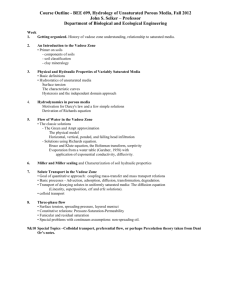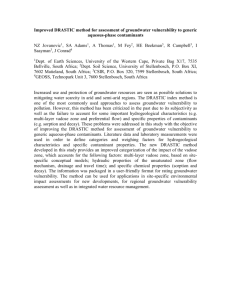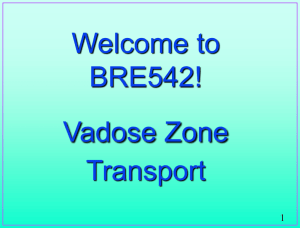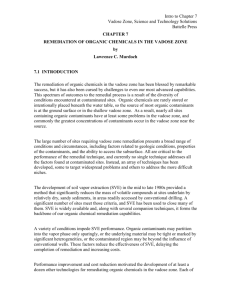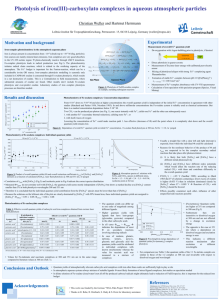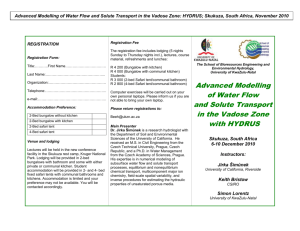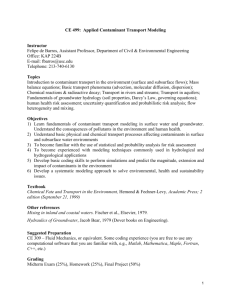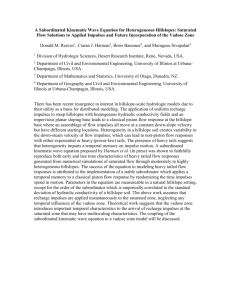Photolysis of iron(III) carboxylato complexes — Quantum yield
advertisement
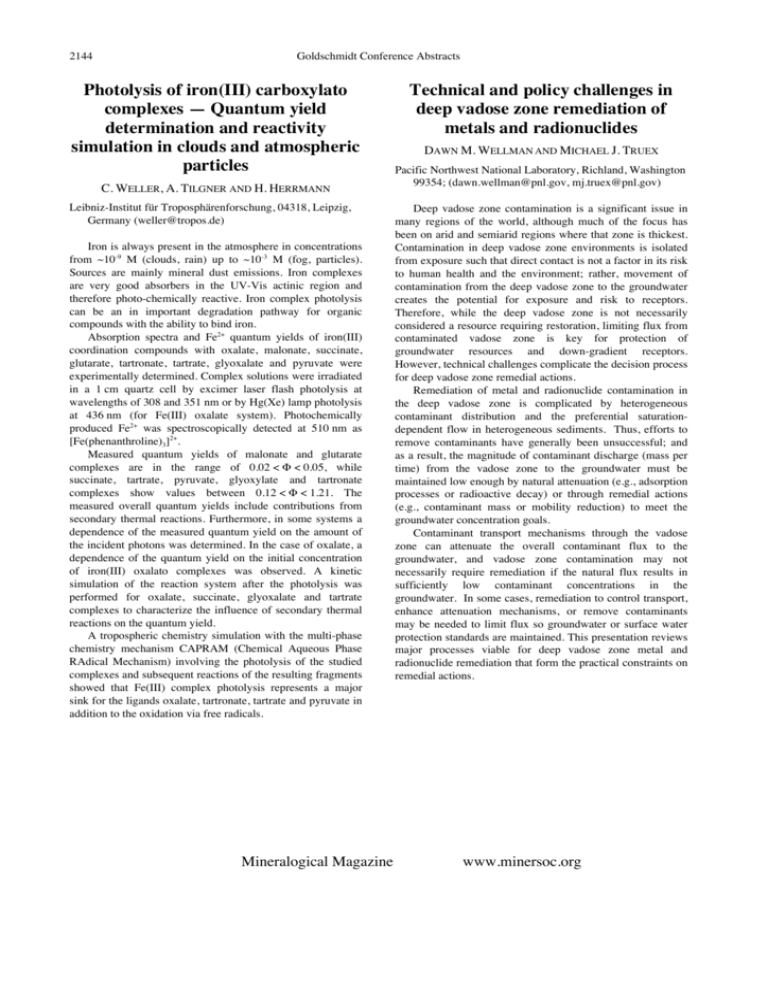
2144 Goldschmidt Conference Abstracts Photolysis of iron(III) carboxylato complexes — Quantum yield determination and reactivity simulation in clouds and atmospheric particles C. WELLER, A. TILGNER AND H. HERRMANN Leibniz-Institut für Troposphärenforschung, 04318, Leipzig, Germany (weller@tropos.de) Iron is always present in the atmosphere in concentrations from ~10-9 M (clouds, rain) up to ~10-3 M (fog, particles). Sources are mainly mineral dust emissions. Iron complexes are very good absorbers in the UV-Vis actinic region and therefore photo-chemically reactive. Iron complex photolysis can be an in important degradation pathway for organic compounds with the ability to bind iron. Absorption spectra and Fe2+ quantum yields of iron(III) coordination compounds with oxalate, malonate, succinate, glutarate, tartronate, tartrate, glyoxalate and pyruvate were experimentally determined. Complex solutions were irradiated in a 1 cm quartz cell by excimer laser flash photolysis at wavelengths of 308 and 351 nm or by Hg(Xe) lamp photolysis at 436 nm (for Fe(III) oxalate system). Photochemically produced Fe2+ was spectroscopically detected at 510 nm as [Fe(phenanthroline)3]2+. Measured quantum yields of malonate and glutarate complexes are in the range of 0.02 < ' < 0.05, while succinate, tartrate, pyruvate, glyoxylate and tartronate complexes show values between 0.12 < ' < 1.21. The measured overall quantum yields include contributions from secondary thermal reactions. Furthermore, in some systems a dependence of the measured quantum yield on the amount of the incident photons was determined. In the case of oxalate, a dependence of the quantum yield on the initial concentration of iron(III) oxalato complexes was observed. A kinetic simulation of the reaction system after the photolysis was performed for oxalate, succinate, glyoxalate and tartrate complexes to characterize the influence of secondary thermal reactions on the quantum yield. A tropospheric chemistry simulation with the multi-phase chemistry mechanism CAPRAM (Chemical Aqueous Phase RAdical Mechanism) involving the photolysis of the studied complexes and subsequent reactions of the resulting fragments showed that Fe(III) complex photolysis represents a major sink for the ligands oxalate, tartronate, tartrate and pyruvate in addition to the oxidation via free radicals. Mineralogical Magazine Technical and policy challenges in deep vadose zone remediation of metals and radionuclides DAWN M. WELLMAN AND MICHAEL J. TRUEX Pacific Northwest National Laboratory, Richland, Washington 99354; (dawn.wellman@pnl.gov, mj.truex@pnl.gov) Deep vadose zone contamination is a significant issue in many regions of the world, although much of the focus has been on arid and semiarid regions where that zone is thickest. Contamination in deep vadose zone environments is isolated from exposure such that direct contact is not a factor in its risk to human health and the environment; rather, movement of contamination from the deep vadose zone to the groundwater creates the potential for exposure and risk to receptors. Therefore, while the deep vadose zone is not necessarily considered a resource requiring restoration, limiting flux from contaminated vadose zone is key for protection of groundwater resources and down-gradient receptors. However, technical challenges complicate the decision process for deep vadose zone remedial actions. Remediation of metal and radionuclide contamination in the deep vadose zone is complicated by heterogeneous contaminant distribution and the preferential saturationdependent flow in heterogeneous sediments. Thus, efforts to remove contaminants have generally been unsuccessful; and as a result, the magnitude of contaminant discharge (mass per time) from the vadose zone to the groundwater must be maintained low enough by natural attenuation (e.g., adsorption processes or radioactive decay) or through remedial actions (e.g., contaminant mass or mobility reduction) to meet the groundwater concentration goals. Contaminant transport mechanisms through the vadose zone can attenuate the overall contaminant flux to the groundwater, and vadose zone contamination may not necessarily require remediation if the natural flux results in sufficiently low contaminant concentrations in the groundwater. In some cases, remediation to control transport, enhance attenuation mechanisms, or remove contaminants may be needed to limit flux so groundwater or surface water protection standards are maintained. This presentation reviews major processes viable for deep vadose zone metal and radionuclide remediation that form the practical constraints on remedial actions. www.minersoc.org
